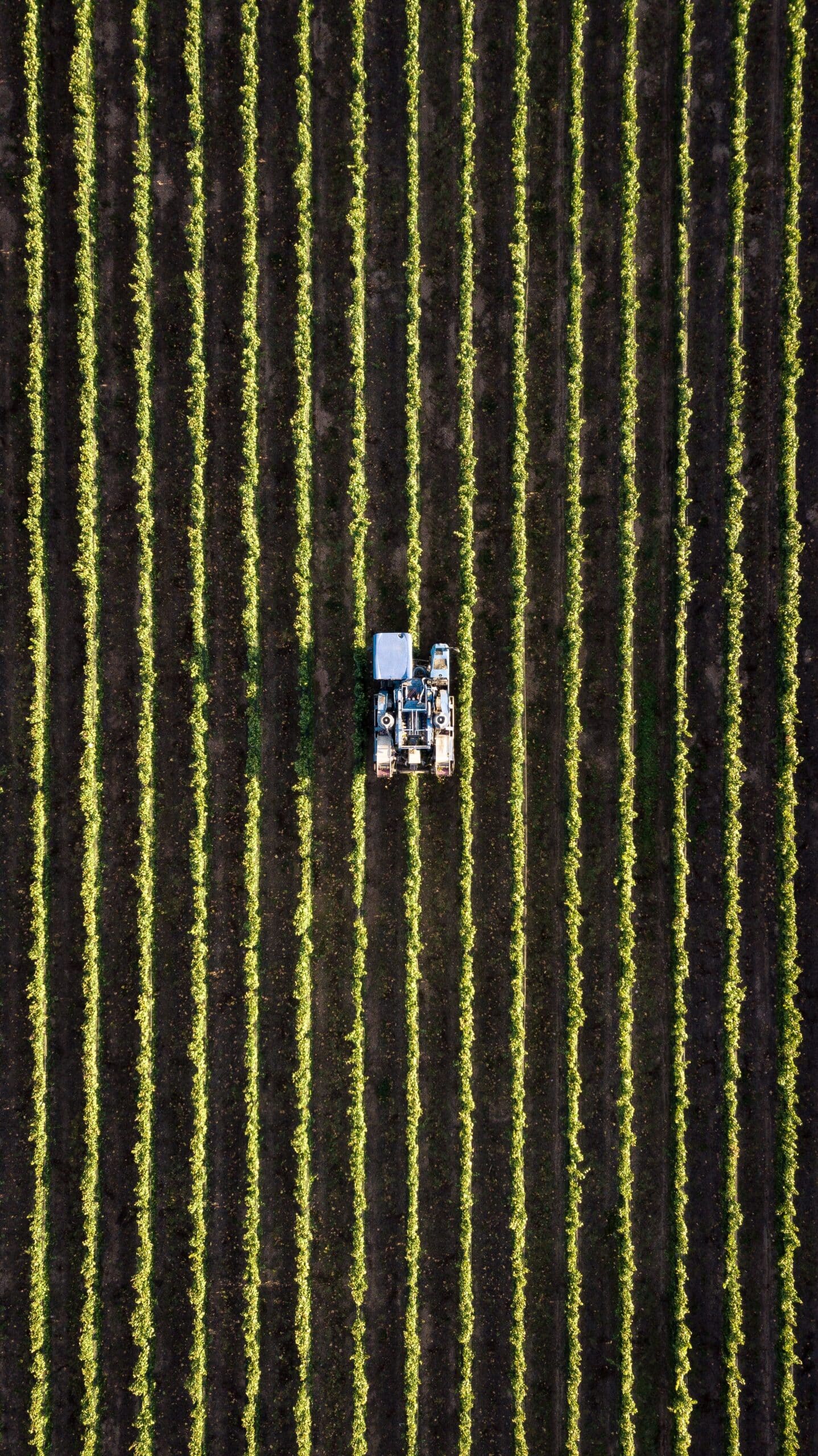Our world keeps evolving, so also technologies and the way we used to do things before, making life easier for us all. This includes Agriculture: Mechanized farming is the use of machines and technology to perform agricultural tasks such as planting, cultivating, harvesting, and processing crops. This process is a shift from traditional labor-intensive farming methods to mechanized practices which has greatly transformed agriculture in the modern world. Mechanized farming includes many components such as the use of machinery, automation, genetic engineering, and livestock management.
- Farming Machinery; this involves the use of mechanical devices to perform tasks involved in agriculture such as crop production, planting process, and irrigation. With the use of tools like tractors, which can be used for plowing, tilling, planting, and hauling, it becomes very easy and faster for large areas to be cultivated efficiently. Also, farmers can get tools like seeders and planters to ensure precise and uniform seed planting, this reduces seed waste and promotes optimal crop density. For harvest to go well and smoothly, harvesters are advised and these harvesters can also thresh and clean grain crops such as wheat, corn, and soybeans in a single pass, this increases harvesting speed.
- Automation; this technology in agriculture involves the use of automated systems such as GPs technology, sensors, robotic systems, and greenhouses to enhance efficiency, precision, and productivity. The use of GPs technology can be used to collect and analyze data to make an informed decision, for example, the application of fertilizers, pesticides, and irrigation. Some equipment such as drones and autonomous tractors are equipped with software and sensors that enable them to perform tasks such as planting, spraying, and harvesting with high precision. Robots are increasingly being used in mechanized farming, they can perform tasks like weeding, fruit picking, and sorting, and the robotic system can work continuously reducing the need for manual labor and increasing productivity.
- Genetic Engineering; this is biotechnology in agriculture, it involves the deliberate modification of an organism’s genetic material to enhance desired traits or characteristics for agricultural purposes. Genetic modifications can make crops resistant to pests and diseases, some can also tolerate specific herbicides, allowing for more effective weed control. It can also enhance the nutritional content of crops. For instance, “Golden Rice” is engineered to produce beta carotene, a precursor of vitamin A, which can help combat vitamin A deficiency in some countries. This technology has a significant impact on crop production and livestock farming.
- Livestock Management; this involves the use of technology to efficiently care for and maximize productivity of livestock. This involves the use of automated feeding systems to dispense feed to livestock, the use of robotic milking machines to automate the milking process, and the use of sensors and wearable devices to detect body temperature, heart rate, and activity levels. These technologies can improve animal health, increase productivity, and reduce labor.
There are numerous benefits of mechanized farming, including; increased productivity, machinery can work faster and more efficiently than manual labor thereby leading to higher crop yields and increased food production. Machinery performs tasks consistently, and this results in uniform crop quality and reduced variability which promotes crop quality in the market. Mechanized farming allows farmers to diversify because it is easier to manage multiple aspects of farming simultaneously. Lastly, it reduces the need for manual labor, many farming tasks are physically demanding and strenuous, and therefore it eliminates the need for farm workers to engage in strenuous activities.


